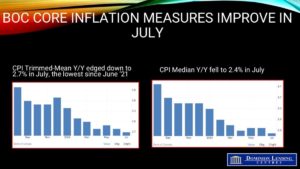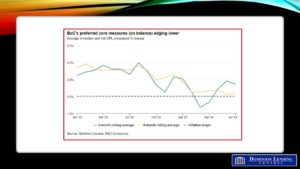
As a mortgage consultant, I simplify the financing process by finding the best loan options for you. Whether buying a new home, refinancing or exploring equity lines and reverse mortgages, I work with various lenders to meet your needs. From managing renewals to consolidating debt and securing loans for personal and investment properties, I’m here to make your mortgage journey smooth and efficient.
Here are some of the ways I can help:
Securing Loans for Buying a Home, Rental Property, or Second Home: Assisting with obtaining loans for purchasing your main home, rental properties, or second homes.
Renewing Mortgages: Helping with renewing your mortgage at the end of each term, evaluating options, negotiating better rates and terms, and ensuring a smooth transition to a new mortgage. Assisting with switching lenders if needed to achieve better rates and terms.
Refinancing Your Mortgage: Guiding you through obtaining a new mortgage to replace an old one, potentially securing better rates, lowering payments, or accessing extra funds for renovations, emergency expenses, or helping others buy property.
Obtaining Home Equity Lines of Credit (HELOCs): Providing assistance in securing a flexible line of credit based on your home’s equity for various needs.
Accessing Reverse Mortgages: Helping seniors tap into their home’s value with reverse mortgages, allowing them to stay in their homes while obtaining additional funds.
Financing Construction Loans: Assisting with obtaining financing for building a new home or major property renovations.
Bridge Loans: Providing short-term loans to cover the gap between buying a new home and selling an old one.
Consolidating Debt: Helping combine existing debts into your mortgage to simplify payments and potentially reduce interest rates.
Whether you’re planning to buy a new home, refinance an existing mortgage, or explore other financing options, I’m here to assist. The mortgage process involves many steps, but with the right guidance, it can be straightforward. If you have any questions or need assistance with your mortgage needs, don’t hesitate to reach out. I’m committed to providing clear and effective solutions to help you achieve your financial goals. Let’s connect and I look forward to seeing how I might best help you.
Image Credit: Fabio Bracht Unsplash



